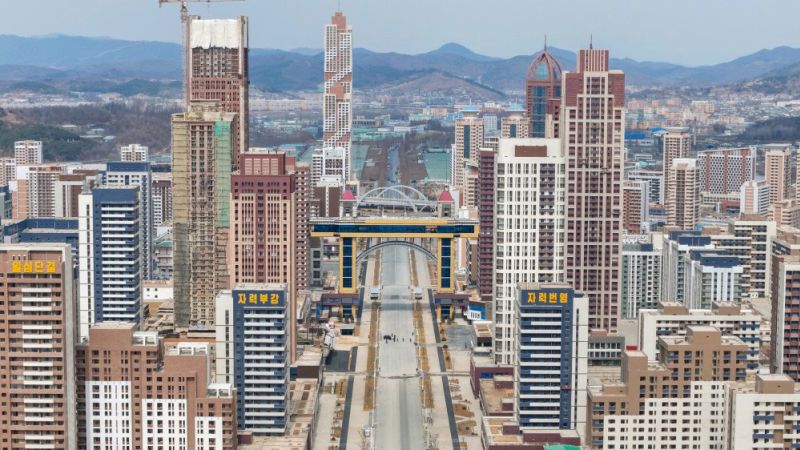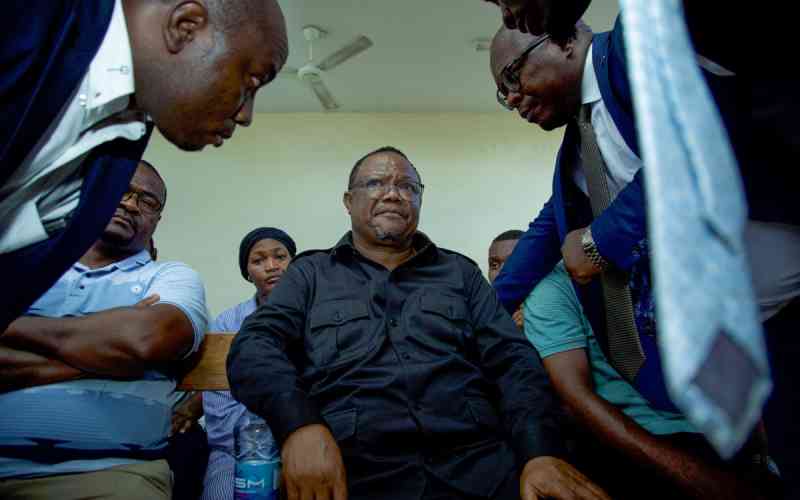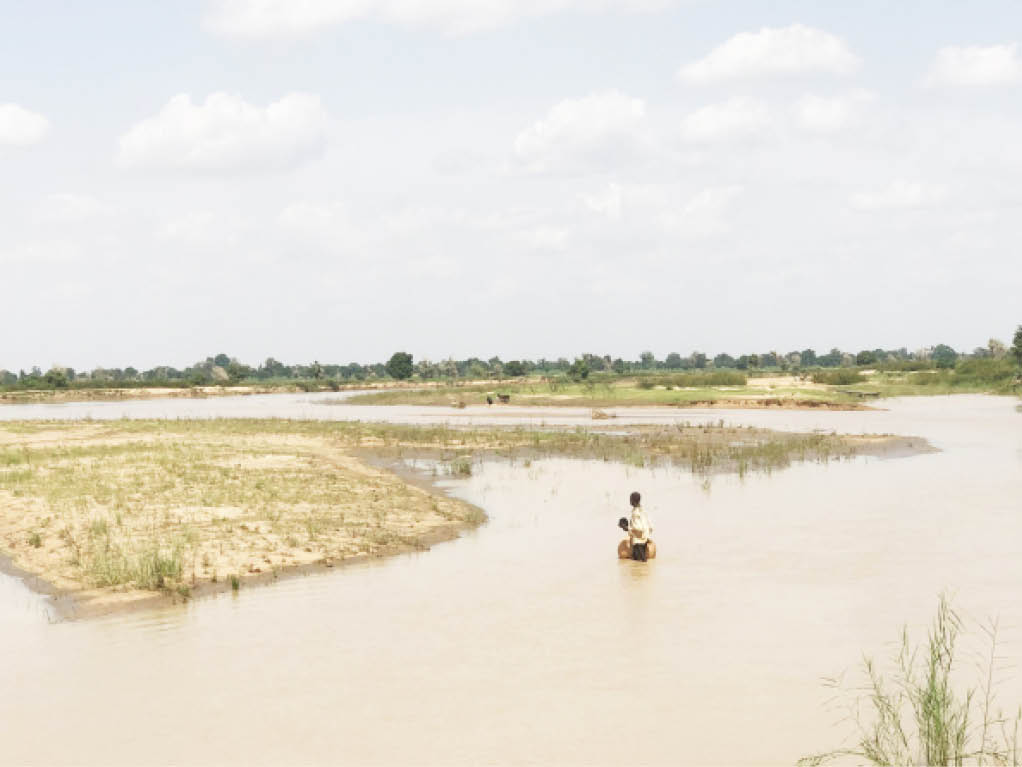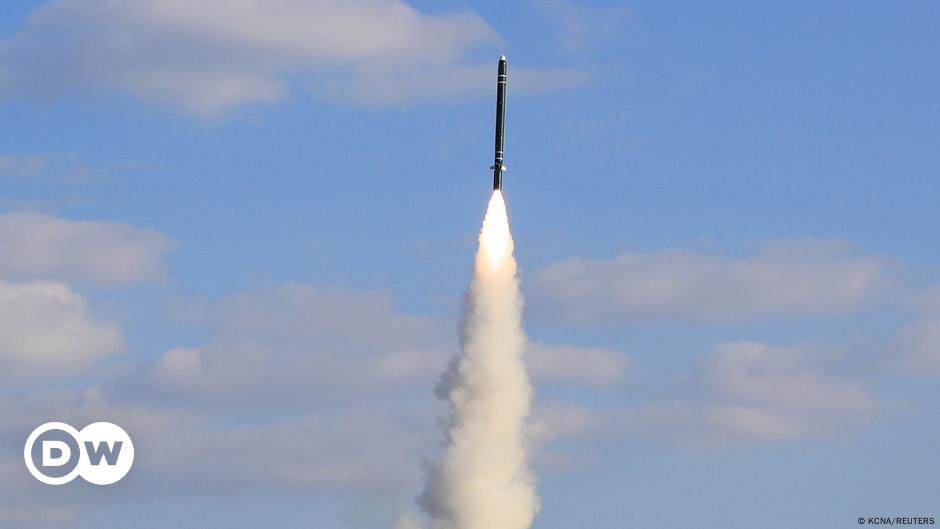North Korea Unveils New Residential District as It Emerges from Isolation

As North Korea gradually emerges from a five-year period of self-imposed isolation due to the pandemic, its capital, Pyongyang, showcases a new, eye-catching high-rise neighborhood. The state news agency KCNA released photographs depicting the 10,000-apartment development in the Hwasong district after Kim Jong Un's inspection. These images reveal residential skyscrapers lining a wide boulevard in this newly developed area, representing a significant construction initiative aimed at enhancing living standards in the isolated, authoritarian nation.
This housing project forms part of an ambitious five-year plan, initiated in 2021, to add 50,000 apartments to Pyongyang. The city enjoys a higher quality of life compared to other regions within the impoverished country. Despite the impressive visuals of Pyongyang's evolving skyline, residing in high-rise buildings in North Korea isn't necessarily luxurious. Frequent power outages often disable elevators, posing daily challenges for upper-floor residents. As a result, younger individuals typically occupy higher apartments, while older residents are relocated to lower floors to reduce the physical strain of climbing stairs, a practice observed by CNN during multiple visits.
Housing shortages remain a critical issue in North Korea, compounded by a struggling economy, increasing commodity prices, and persistent food insecurity. A 2021 study by South Korean researchers indicated that the country only has enough housing for 70% to 80% of its households. Outside the capital, many homes are in disrepair and lack reliable access to electricity, clean water, and sewage services. The Hwasong district includes numerous tall towers, with two connected by a skybridge, along with educational, commercial, and service facilities, according to state media. KCNA reported that Kim Jong Un was deeply involved in the design and planning of the construction.
Kim's visit precedes the official opening ceremony on April 15, a significant public holiday celebrating the birthday of Kim Il Sung, North Korea's founder. This event will mark the completion of the third construction phase in Hwasong, an area described by state media as a modern urban quarter symbolizing a new era of prosperity for Pyongyang.
Pyongyang has been largely inaccessible to visitors since North Korea closed its borders over five years ago in response to the Covid-19 pandemic. Although a small group of Russian tourists visited in 2024, the capital remained off-limits to an international tour group last month before trips were suspended again. This latter group was only permitted to visit Rason, a special economic zone near the borders with China and Russia. Hwasong is the latest in a series of urban developments in Pyongyang, known for its Soviet-style architecture with pastel colors. Other residential projects have been constructed around Mirae Scientists Street and Songhwa Street, where the Songhwa Street Main Tower, the country's second tallest building, was completed in 2022.
North Korea is also expanding housing beyond Pyongyang, constructing thousands of homes in mining towns and rural areas. These projects, while intended to modernize the country, rely on soldiers and civilian laborers working in harsh conditions with minimal compensation. Housing is allocated by the government, prioritizing those deemed most loyal to the Kim family and individuals working in sectors considered vital, such as scientists and engineers.
State media has frequently highlighted the rapid pace of construction in the capital, referring to it as "Pyongyang Speed." Officials claim to have completed the frame of a 70-story skyscraper in Ryomyong New Town in just 74 days. However, experts have raised concerns about the quality of construction materials and workmanship, particularly after a Pyongyang apartment building collapsed in 2014, potentially housing dozens of families. State media attributed the disaster to "sloppy building" and "irresponsible supervision," without disclosing an official death toll.
The North Korean military, crucial in the country's construction projects, has likely played a significant role in completing the Hwasong district, as it has in past developments. With over 1 million active-duty personnel and mandatory conscription, most men serve for at least ten years from age 17, often without family contact. Even after their service, they remain part of a civil paramilitary force numbering in the millions.
Kim Jong Un has recently indicated that the government’s construction plans extend beyond the initial five-year targets set in 2021. He stated last month that the capital’s rundown neighborhoods will also be redeveloped soon.












